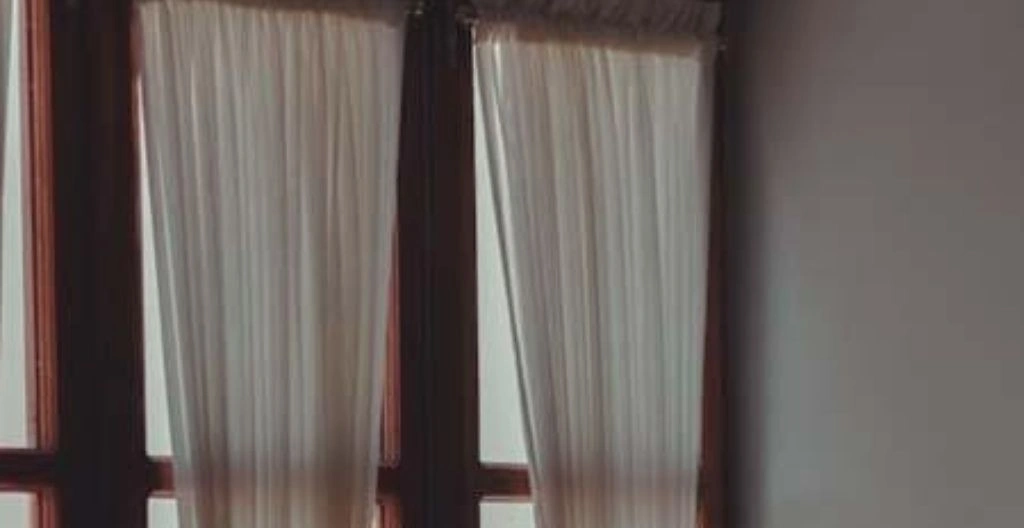When it comes to adding depth, texture, and elegance to your home décor or craft projects, chenille trim by the yard is a standout choice. Whether you’re upholstering vintage furniture, customizing drapery, or enhancing pillows and throws, chenille trim delivers unmatched softness and timeless appeal.
In this guide, we’ll explore everything you need to know about chenille trim by the yard—what it is, how it’s used, tips for buying, and where to find high-quality options online.
What Is Chenille Trim?
Chenille trim is a decorative fabric embellishment made from chenille yarns, known for their velvety feel and plush texture. The word “chenille” comes from the French word for caterpillar, which reflects its fuzzy, tufted appearance. This trim is often sewn along the edges of furnishings or fabrics to add dimension, softness, and visual interest.
Unlike regular trims, chenille trims stand out due to their fluffy texture and the ability to reflect light beautifully, giving a slightly shimmery finish to any piece they accent.
Common Uses of Chenille Trim by the Yard
One of the most versatile trims on the market, chenille trim can be used across a range of décor and fashion projects. Here are some popular ways to use chenille trim by the yard:
Upholstery Projects
Chenille trim is a favorite among interior designers and upholsterers. Adding it to the edge of chairs, ottomans, or headboards gives a tailored, finished look. The trim also helps disguise staples or seams in reupholstered furniture.
Curtains and Drapery
If your curtains need a little flair, adding chenille trim along the vertical edges or hemline is a beautiful way to elevate your window treatments. It pairs well with both sheer and heavyweight fabrics.
Throw Pillows and Cushions
Enhance your pillows by stitching chenille trim around the edges. Not only does this provide a luxurious finish, but it also adds tactile contrast, making your pillows look more custom and high-end.
Table Linens
Napkins, tablecloths, and table runners can all benefit from a touch of chenille trim. It’s a small detail that makes a big difference in formal dining setups or seasonal table settings.
Costume and Fashion Design
Designers often use chenille trims in fashion—especially for vintage or theatrical pieces. The softness and richness of chenille can enhance collars, cuffs, sleeves, or skirts.
Crafts and DIY Projects
Chenille trim is also used in scrapbooking, home crafts, and DIY projects such as lampshade trimming, gift wrapping, or personalized bags.
ALSO READ: How to Integrate Mid-Century Modern Furniture into Contemporary Spaces?
Types of Chenille Trim
Chenille trim is available in various shapes, sizes, and finishes to suit different projects. Here are the most common types:
Straight Chenille Trim
This is the standard form of chenille trim, with a flat back and fuzzy top. It’s ideal for simple edging on pillows, furniture, or curtains.
Fringed Chenille Trim
Fringed styles incorporate longer tufts that give a more dramatic or vintage look. These are great for valances, window treatments, or heavy upholstery.
Braided Chenille Trim
This type combines the softness of chenille with the structured appeal of braid trim. It often features intricate weaves and is used in formal or classical interior design.
Piping Chenille Trim
Chenille piping is used for clean, tailored finishes—especially in upholstery. It creates a rolled edge that’s both soft and structured.
How to Choose the Right Chenille Trim by the Yard
When shopping for chenille trim by the yard, consider the following factors:
Color Coordination
Choose a trim color that complements or contrasts with your fabric. Neutrals like ivory, beige, and gray are versatile, while bold shades like burgundy, navy, or emerald green make a statement.
Width and Texture
Chenille trims come in different widths, from narrow (under ½ inch) to wide (over 1 inch). Narrow trims are more delicate and suitable for clothing or lightweight fabric. Wider trims are better for upholstery and curtains.
Durability
Ensure the trim is durable enough for its intended use. For upholstery or daily-use items, opt for high-quality chenille that resists fraying and withstands regular handling.
Washability
If you’re using the trim on items like cushion covers or table runners that may require cleaning, check if the chenille is washable. Some trims are dry-clean only, while others can be gently hand-washed.
Where to Buy High-Quality Chenille Trim by the Yard
When it comes to purchasing chenille trim, quality and consistency matter. You want trim that maintains its color, texture, and integrity even after prolonged use.
One excellent source is Luxe Fabric Co., which offers premium chenille fabric and trims by the yard. Their selection includes a variety of rich textures, colors, and designs perfect for your next project. Whether you’re a designer, DIY enthusiast, or home decorator, Luxe Fabric Co. delivers reliable quality with aesthetic appeal.
Tips for Applying Chenille Trim
Adding chenille trim to your project requires care and technique. Here are some useful tips:
Use the Right Needle
If you’re using a sewing machine, a heavier needle (size 90/14 or 100/16) is ideal for sewing through the thick fibers of chenille trim.
Secure the Edges
To prevent fraying, always finish the edges with a zigzag stitch or use a fray-stopping solution. You can also fold the trim ends under before stitching.
Hand-Stitch for Precision
On delicate projects or when working with curves, hand-stitching may offer better control and reduce the risk of bunching or puckering.
Use Fabric Glue for Crafts
For non-fabric surfaces or when stitching isn’t feasible, high-quality fabric glue can help attach chenille trim securely.
Chenille Trim vs. Other Trims: What Makes It Unique?
Chenille trim is often compared to other decorative trims such as tassel trim, gimp trim, or fringe. Here’s why chenille stands out:
- Softness: Chenille trim is ultra-soft to the touch—ideal for creating cozy, inviting textures.
- Vintage Appeal: With its fuzzy look, chenille trim evokes a retro or mid-century aesthetic that is back in style.
- Luxurious Finish: It adds a high-end look to any project without overpowering the design.
- Light-Reflective: The unique yarn catches light and creates a soft sheen, giving depth to your fabric.
Creative DIY Project Ideas Using Chenille Trim
Need some inspiration? Here are a few DIY ideas to help you get creative with chenille trim:
Vintage Throw Blanket Upgrade
Sew chenille trim along the border of a fleece or knit blanket to turn it into a boutique-style throw.
Custom Lampshade
Glue braided or fringed chenille trim along the top and bottom edges of a plain lampshade to give it character.
Wall Art or Textile Frame
Use colored chenille trim to outline textile art, mirrors, or picture frames for added texture and richness.
Accent Napkins or Placemats
Add narrow chenille trim to cotton napkins or placemats to create a luxe dining table aesthetic for holidays or special occasions.
Caring for Chenille Trim
Proper care ensures that your chenille trim remains soft and durable over time:
- Avoid Harsh Detergents: Use mild soap for washing.
- Air Dry: Machine drying can cause shrinkage or fraying. Air dry flat to maintain shape.
- Brush Lightly: If the chenille appears matted, gently brush it with a soft-bristled brush to revive its plush texture.
- Dry Clean When Needed: For upholstery or delicate projects, dry cleaning is often the safest method.
Final Thoughts
Chenille trim by the yard is more than just a decorative accent—it’s a design element that brings warmth, luxury, and tactile appeal to any project. From elegant furniture upgrades to charming DIY crafts, chenille trim adds value and beauty in a subtle yet powerful way.
Whether you’re working on a large-scale upholstery project or a small home décor update, sourcing high-quality chenille trim is key. With countless color and style options available and flexible pricing by the yard, there’s a chenille trim out there for every aesthetic vision and budget.
Be sure to explore trusted suppliers like Luxe Fabric Co.’s chenille trim by the yard for premium chenille fabric and trims. With the right materials and a bit of creativity, your next project can turn into a showpiece of texture and elegance.



